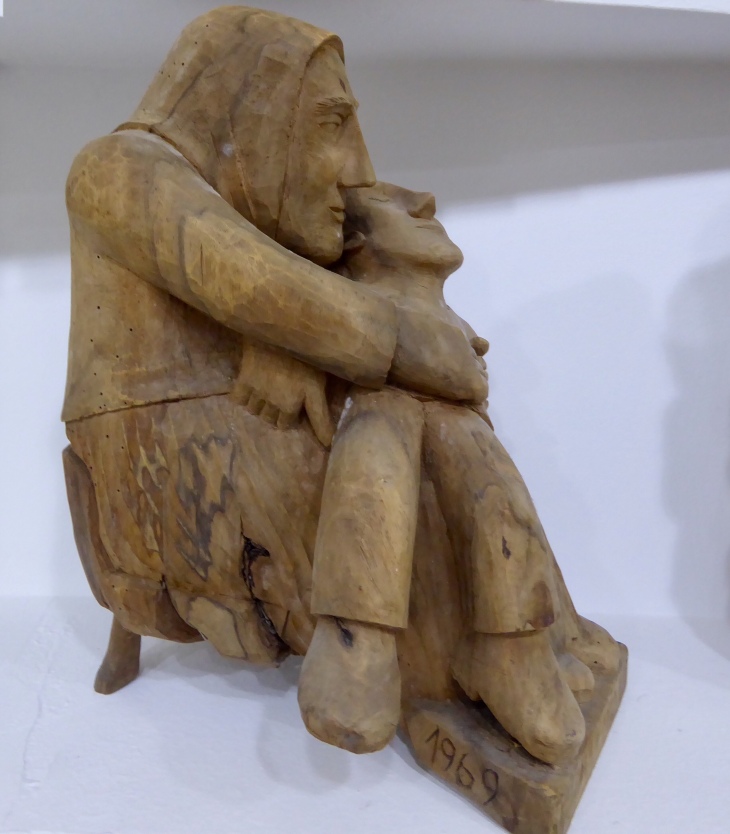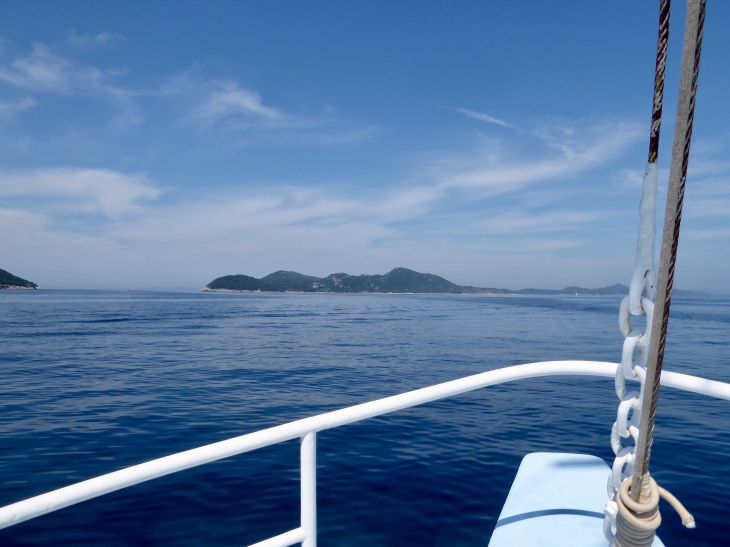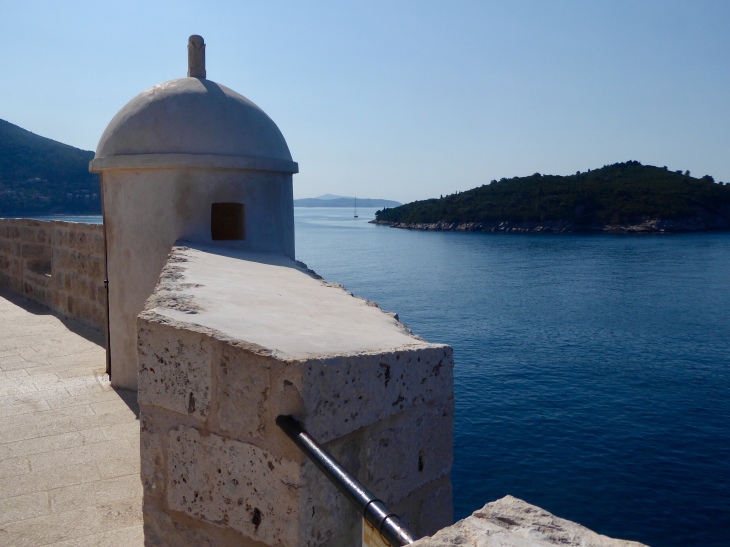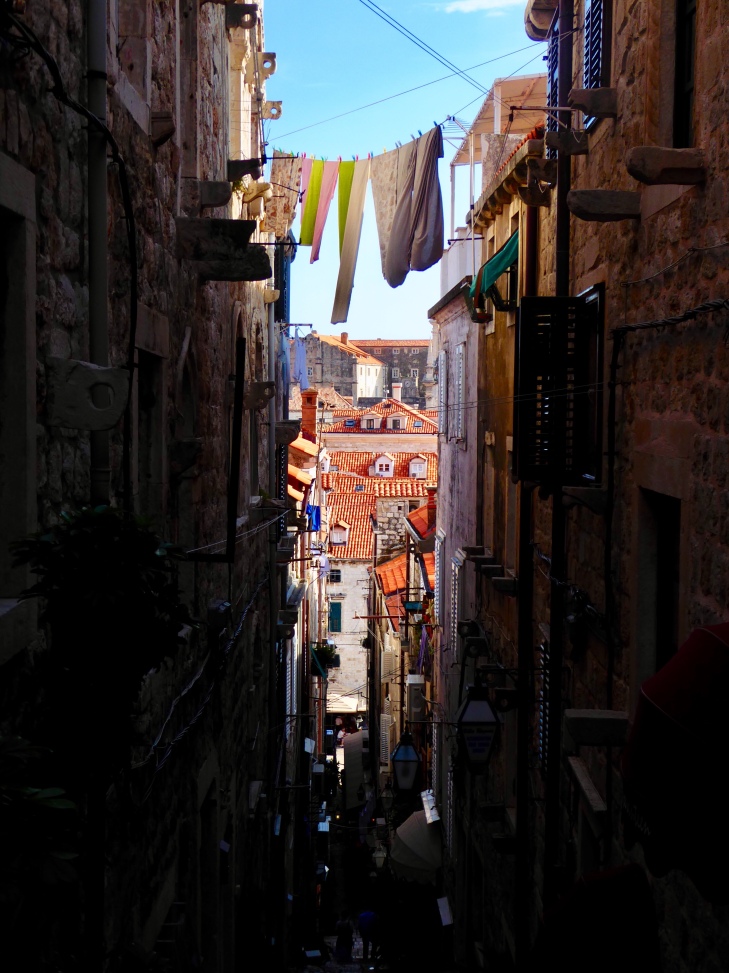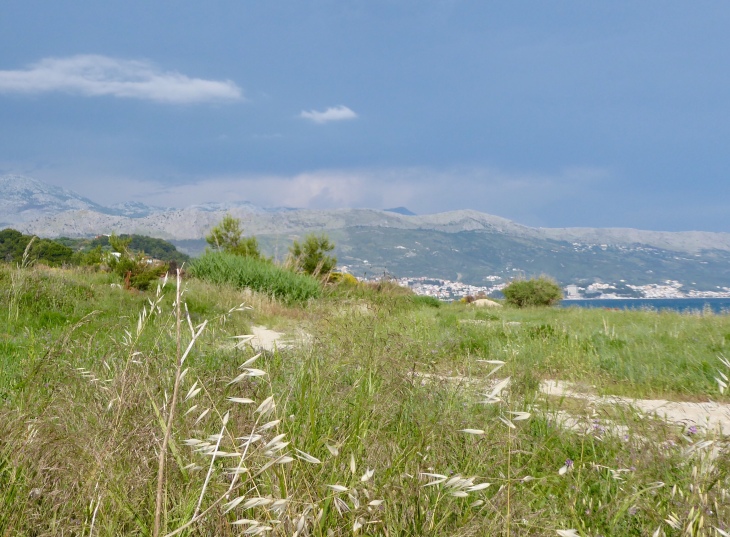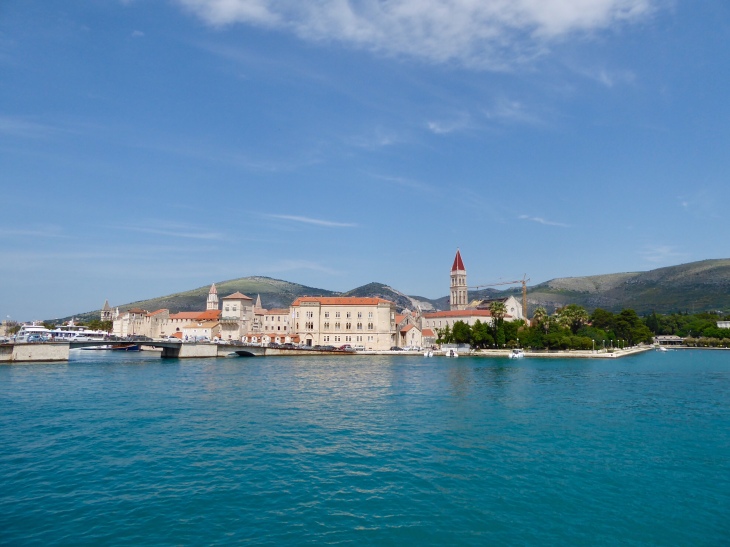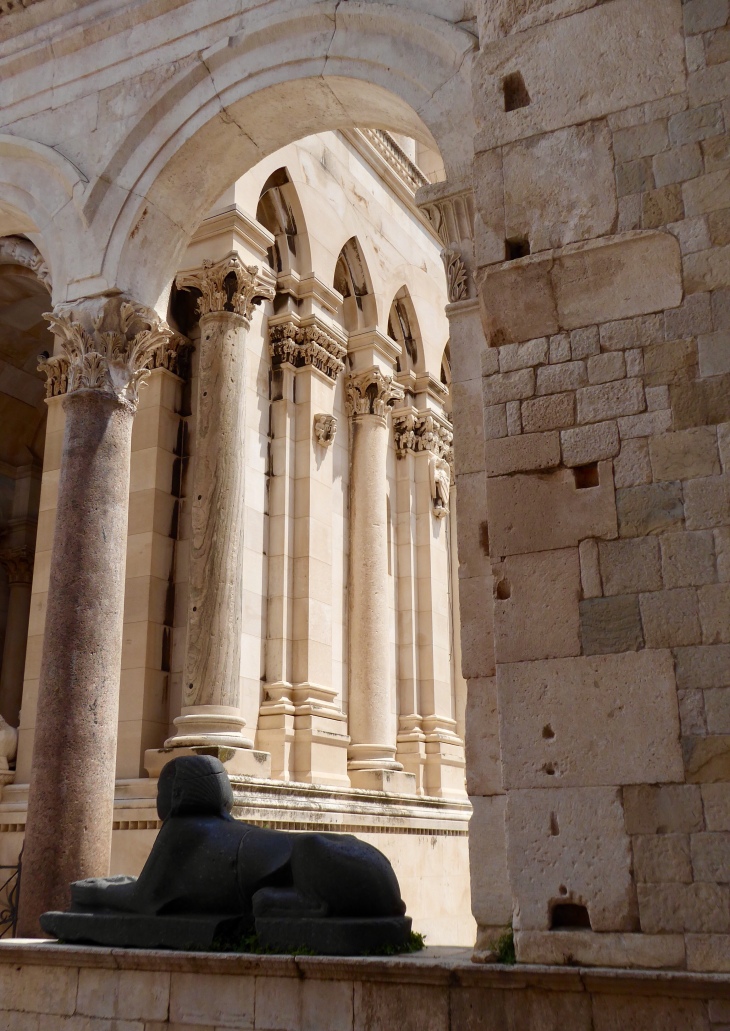

After a flight from Dubrovnik to Stansted we are now on our 11th and final train of our travels.
It has obviously been much quicker to fly most of the journey home but we both feel it has been so much more interesting to travel the slow way and see and experience more closely the countries we have visited.
In London we only just managed to squeeze passed a hungry looking dinosaur to pick up the train north.
What has been going on in the UK since we’ve been away?!


